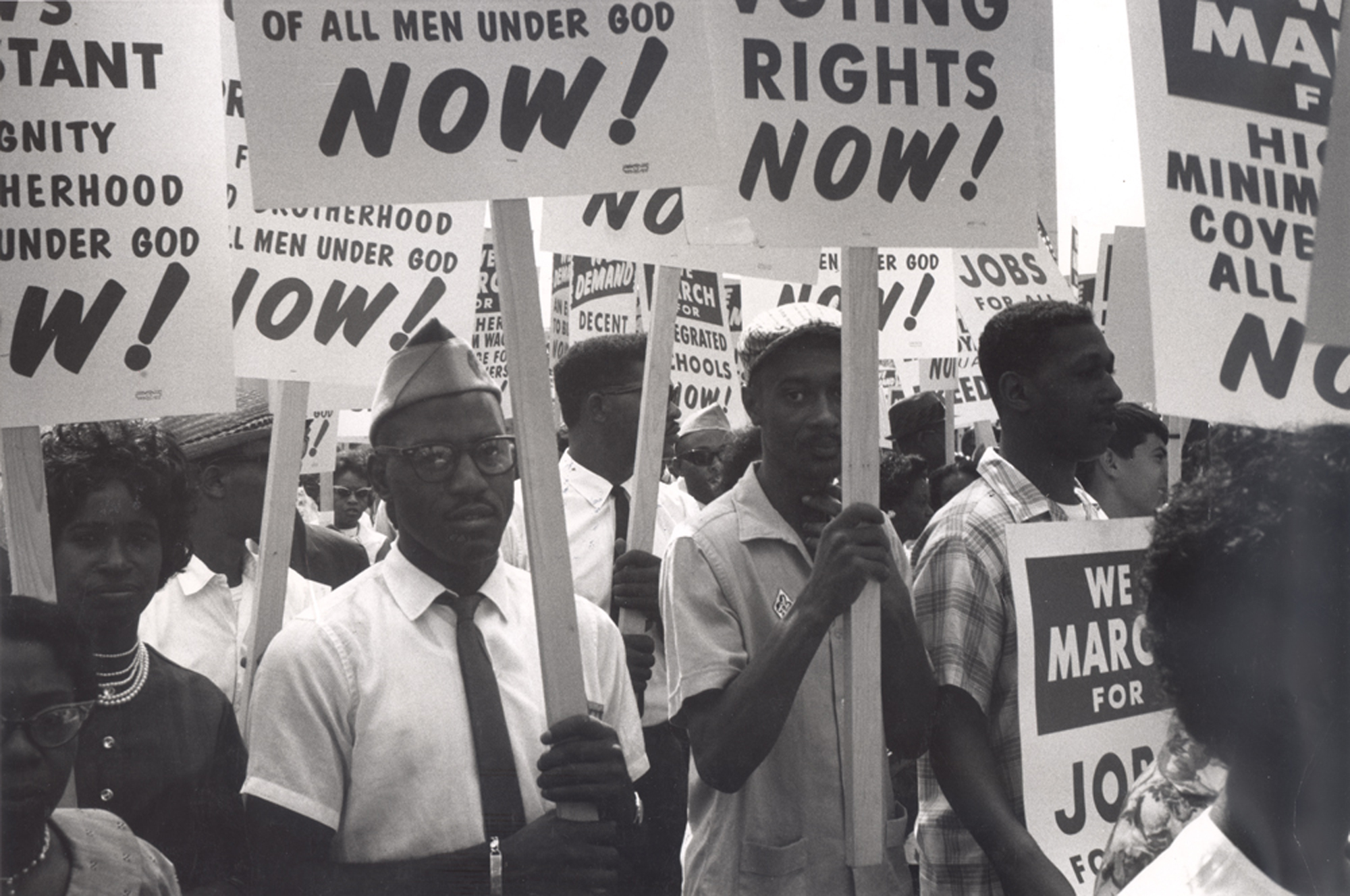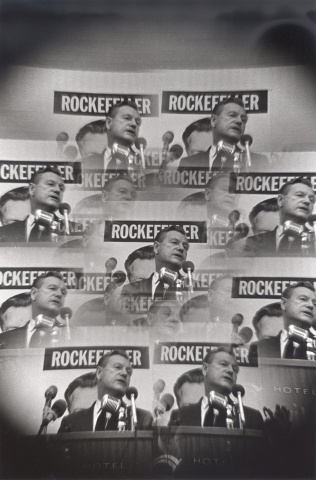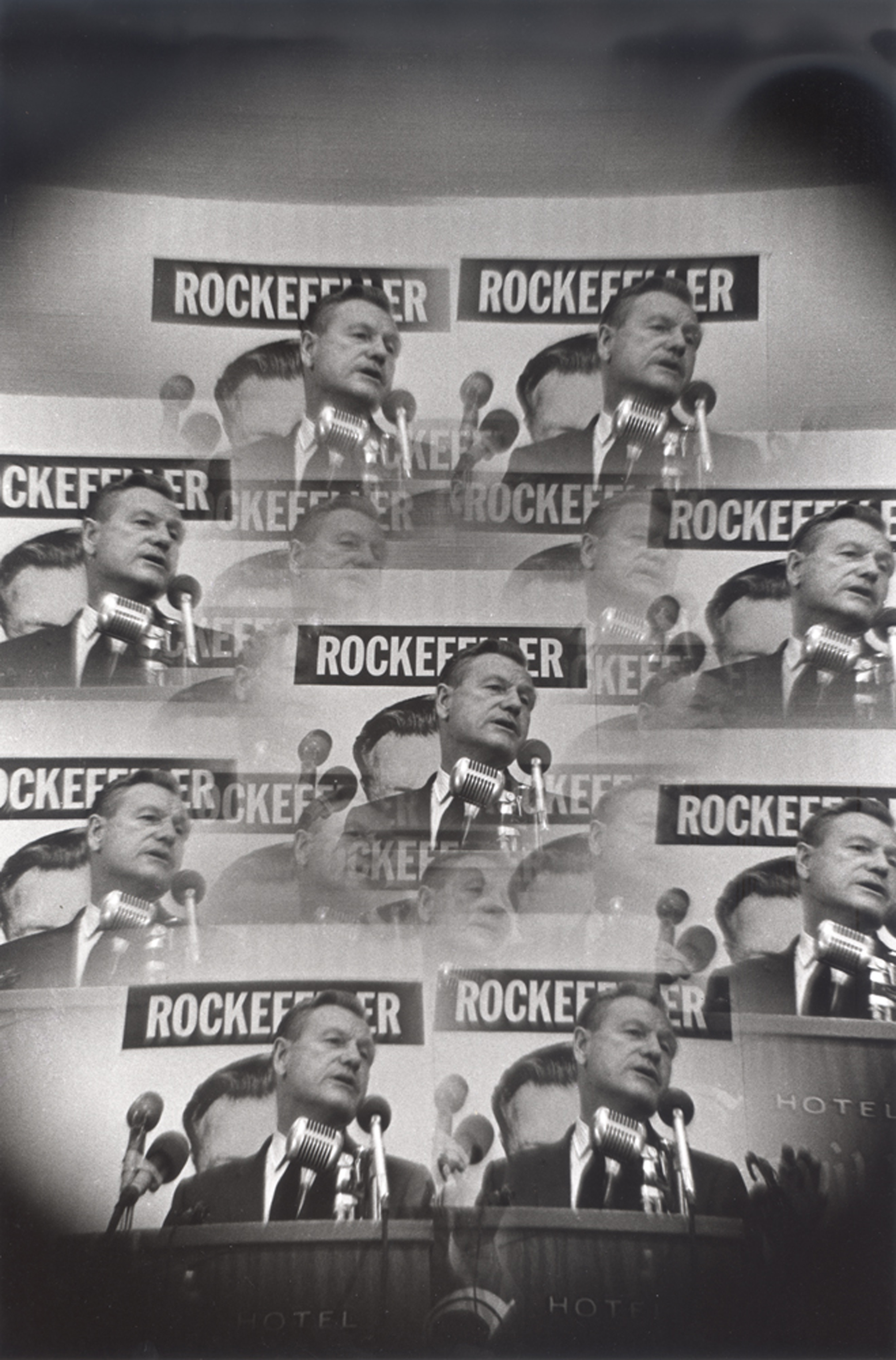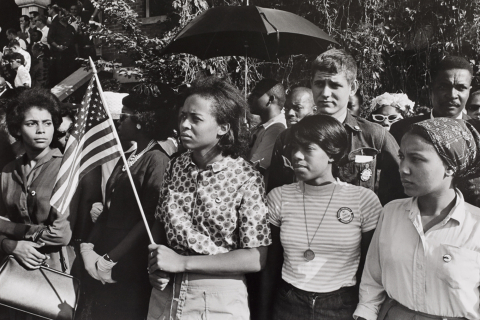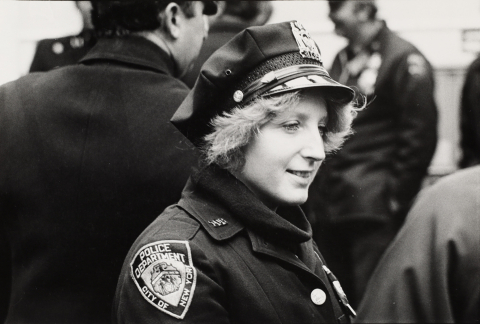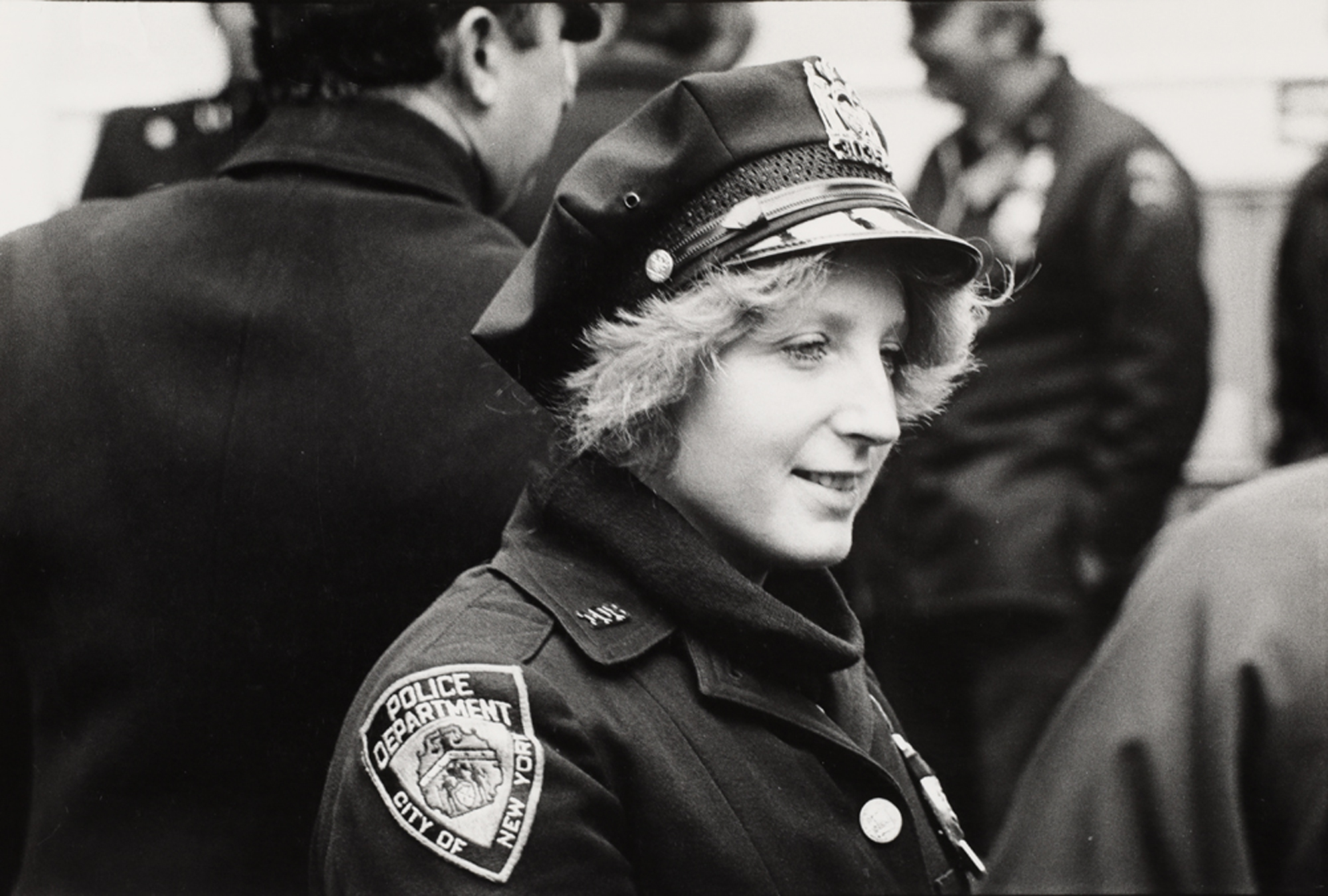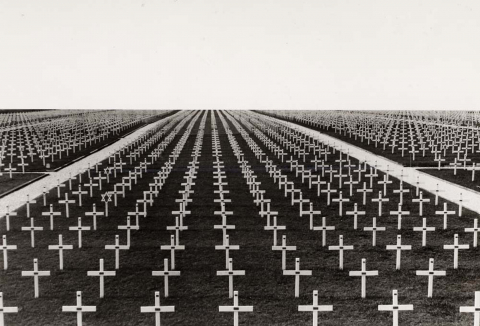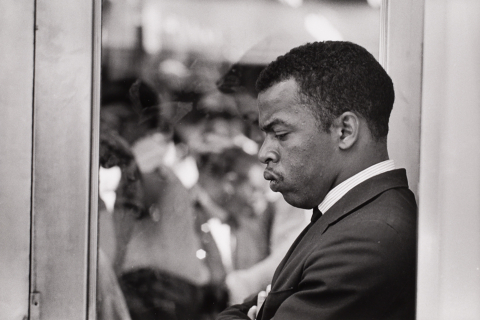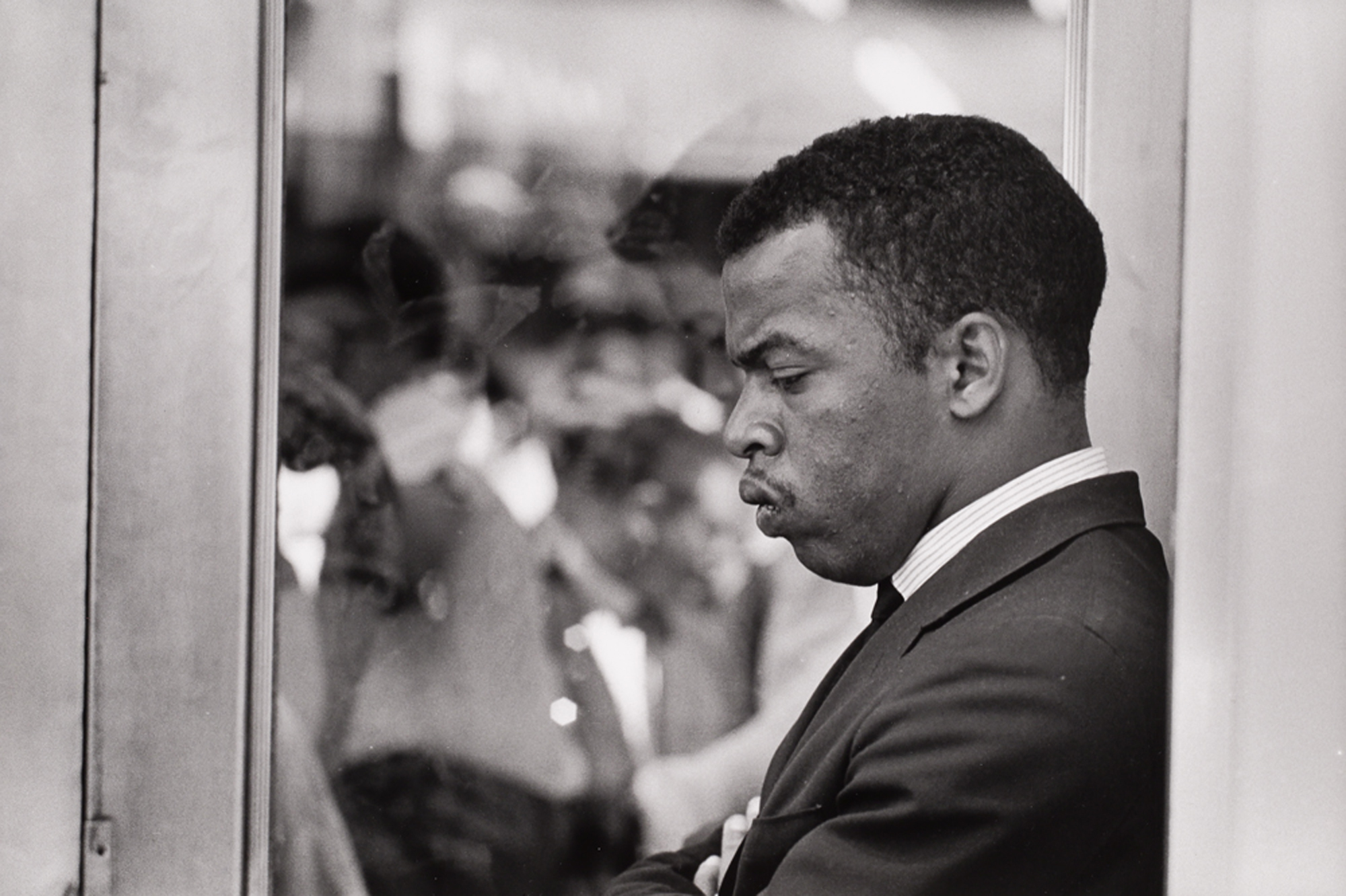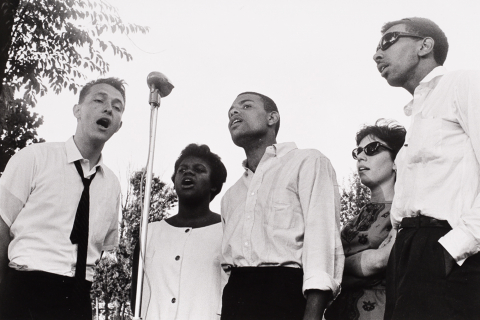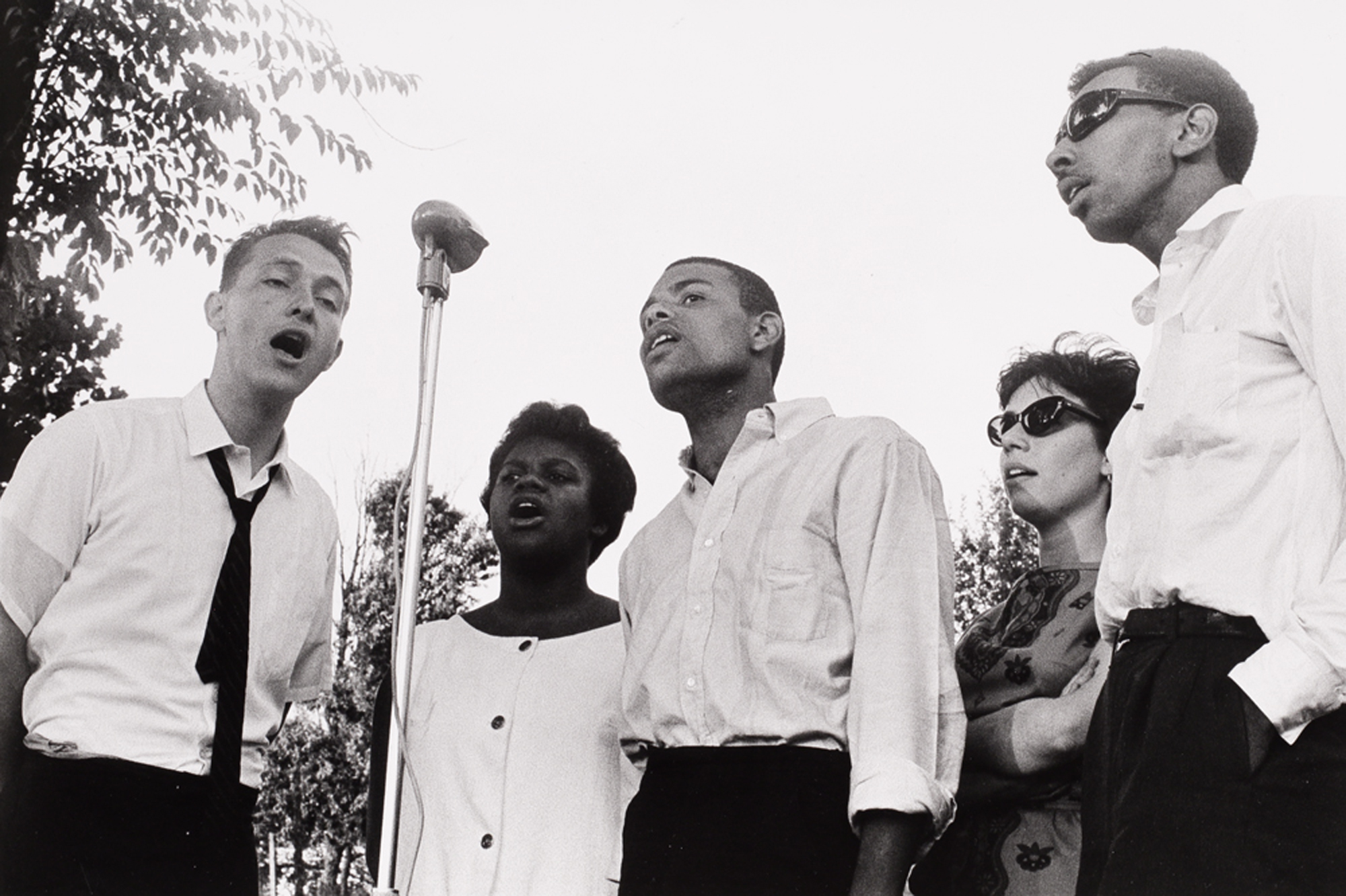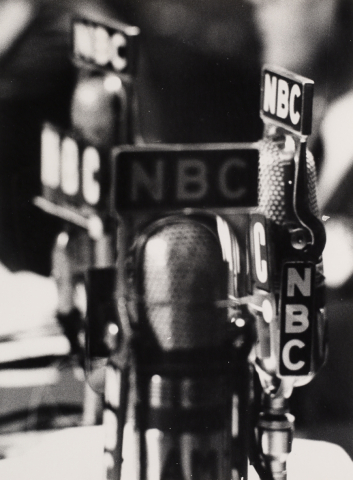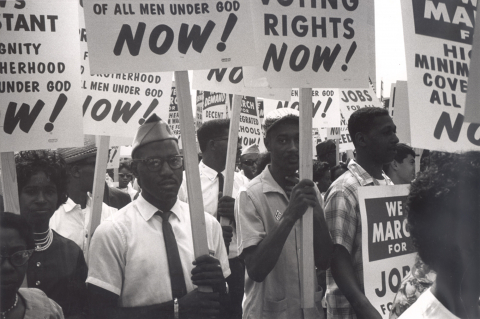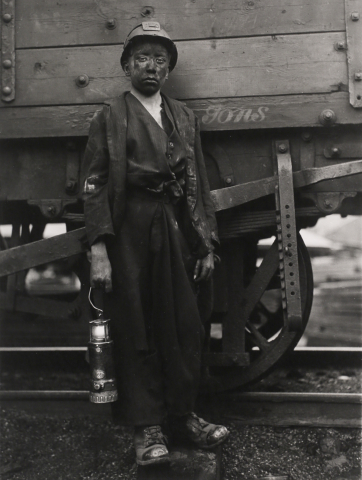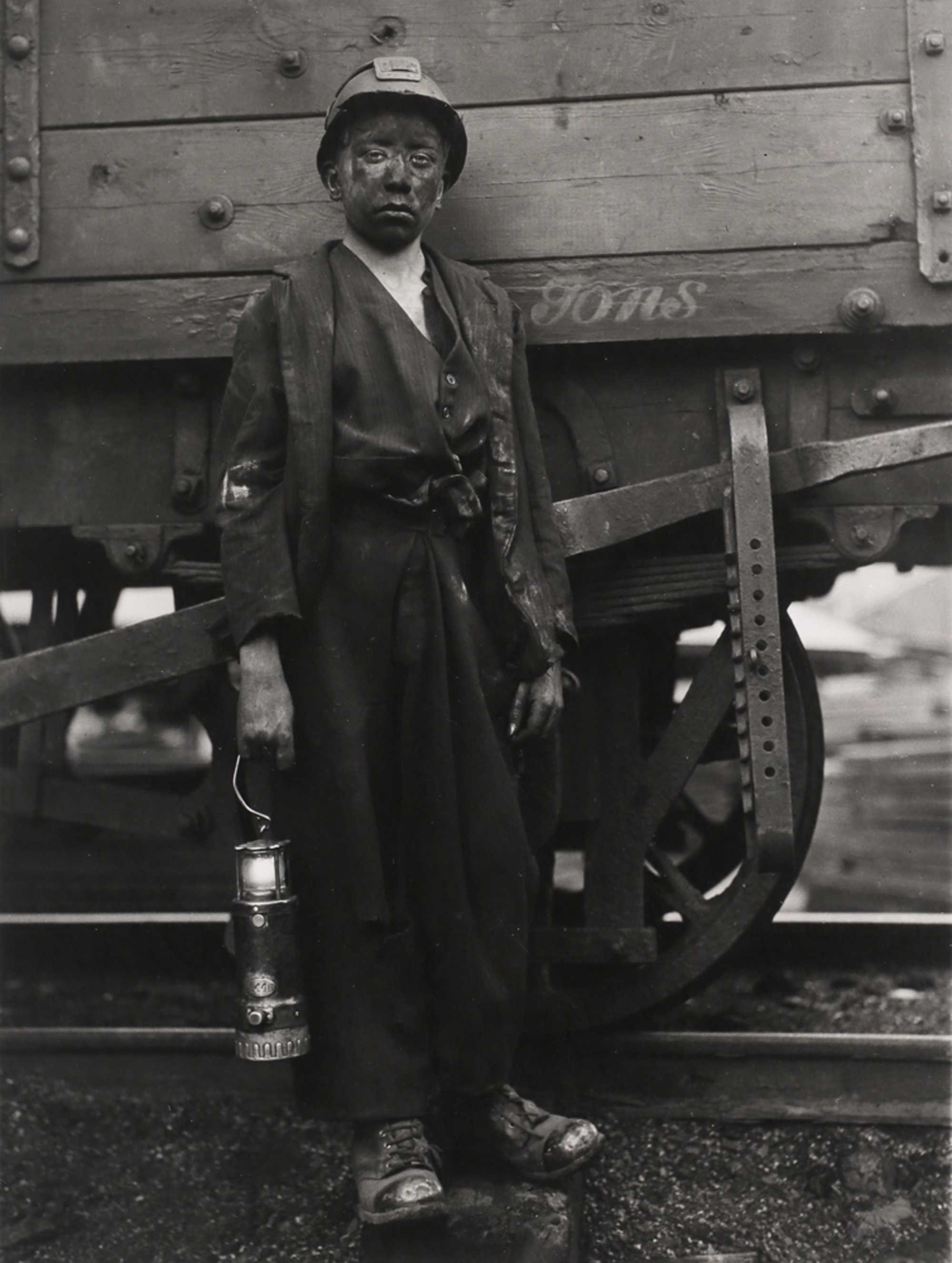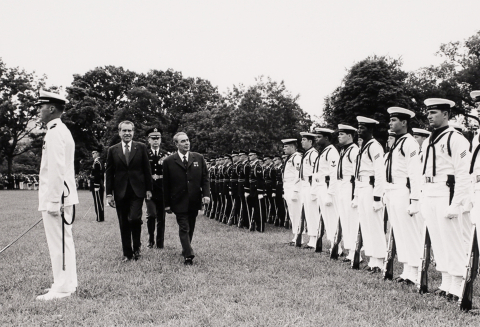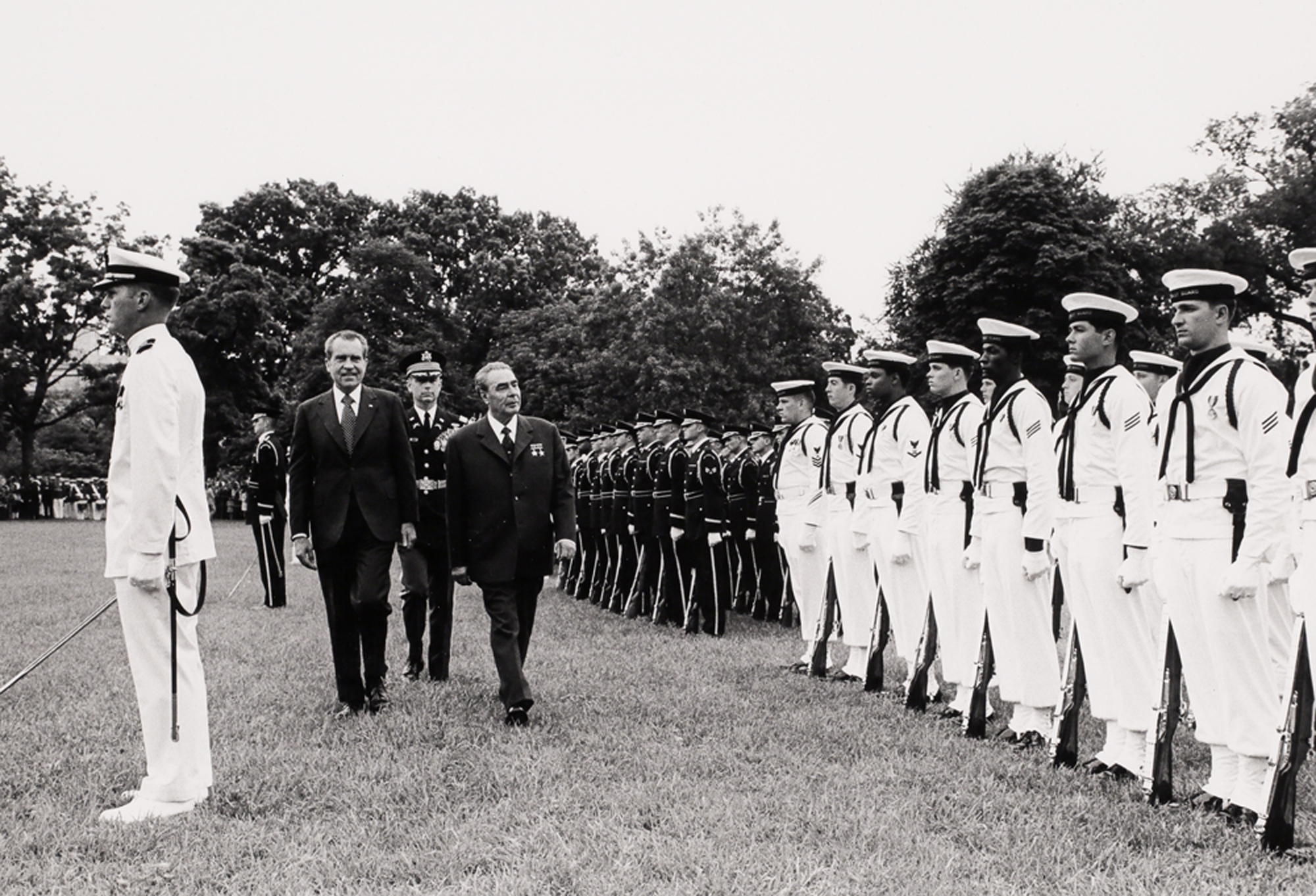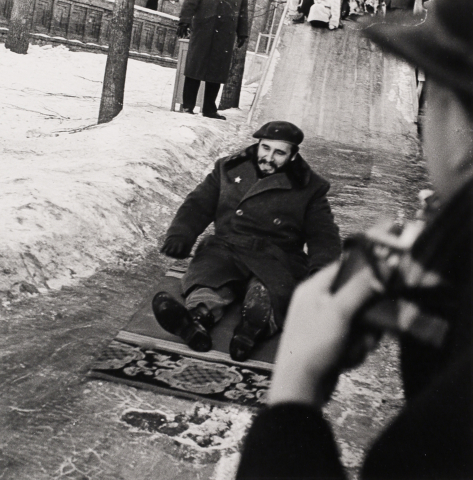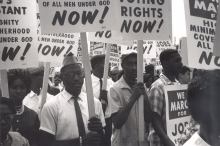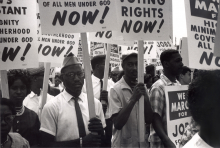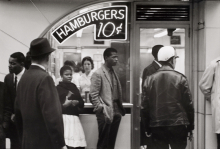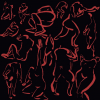What does it look like to do democracy? This exhibition explores the unfolding process of American democracy through an array of photographs that shine a light on significant events of the 20th century and the present—featuring world leaders, the media, politicians, civil rights movements, and everyday Americans. Coinciding with the 2020 U.S. Presidential Election, the exhibition and related programs will engage issues of democracy in all its forms, providing a platform for participants from all political perspectives to share their ideas and opinions.
Better known as ABC News chief anchor and former Clinton White House advisor, George Stephanopoulos is also an avid collector of photography. Since 2004, his significant gifts to the LUAG collection include works by key 20th-21st century photographers including Arthur Rothstein, Ilse Bing, Erika Stone, Dmitri Baltermants, Danny Lyon, Leonard Freed, Henri Cartier-Bresson, and others.
This exhibition has been co-curated with students and faculty from the Departments of History, Political Science, Journalism & Communication, and Art, Architecture & Design.
Join us for a wide range of public programs and educational events that will engage the community in civic dialogue through art, including lectures, tours, and hands-on art-making workshops.
Explore reproductions of twenty-two photographs from the Doing Democracy exhibition along a 1.9-mile stretch of the South Bethlehem Greenway (from S. New Street to Trone Street by the Bethlehem Skate Plaza), and listen to the perspectives of Lehigh students with the accompanying free digital guide, accessible on your smartphone. The outdoor exhibition is on view through August, 2021, and is presented in partnership with the SouthSide Arts District.

